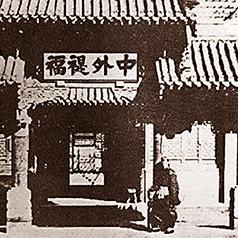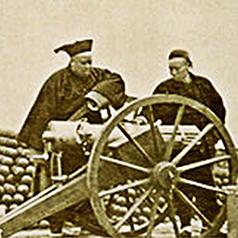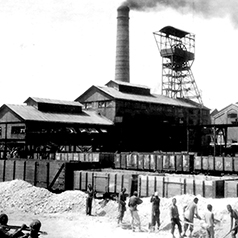
Self-Strengthening Movement (1860-1894)
The Self-Strengthening Movement: an Overview
Since the 1840 Opium War, China had been beleaguered by internal and external problems. It was brought low by its total defeat in the two Opium Wars. Thus, the country launched the Self-strengthening Movement, seeking to make itself stronger and wealthier by emulating the Western powers.
The Self-Strengthening Movement: an Overview
Since the 1840 Opium War, China had been beleaguered by internal and external problems. It was brought low by its total defeat in the two Opium Wars. Thus, the country launched the Self-strengthening Movement, seeking to make itself stronger and wealthier by emulating the Western powers.
(1) Strengthening the Nation via Emulating the West
China’s defeat in the two Opium Wars was a rude awakening for the Qing officials. They decided that China failed because it lacked strong ships, effective weaponry, and technologies equal to that of the Westerners. Thus, learning from the West to strengthen China became imperative, and so commenced the Self-strengthening Movement.
(2) Sending Students Abroad for Talent Cultivation
Cultivating talent to meet the challenges of a new world order was an objective of the Self-strengthening Movement. New disciplines were introduced into education and students were sent abroad to study. Many returned to serve the country as accomplished experts.
(3) Strengthening the Military via Adopting Western Arms and Tactics
To strengthen national defence, the Western Affairs Camp strove to emulate Western countries in adopting modern arms and tactics. Military industries were established to produce armaments, the infantry and navy were modernised, and a great number of military academies were built.
(4) The Rise of Government-Supervised, Merchant-Managed Industries
National strength and prosperity, the Western Affairs Camp realised, could only be achieved by building a strong industrial base and developing civilian industries. They turned their attention to the development of mines, railways, shipping industries, telegraph systems, and other enterprises.
(5) A Movement Doomed by its Fundamentally Flawed Principle
The Self-strengthening Movement aimed to make China strong and prosperous, yet its hopes were dashed when China suffered another calamitous defeat in the First Sino-Japanese War. In the final analysis, the movement was doomed by, first, its preference for holding on to Chinese core values and pursuing Western learning only for their utility value; second, by strong resistance from the conservative faction; and third, the ignorance of the populace.








